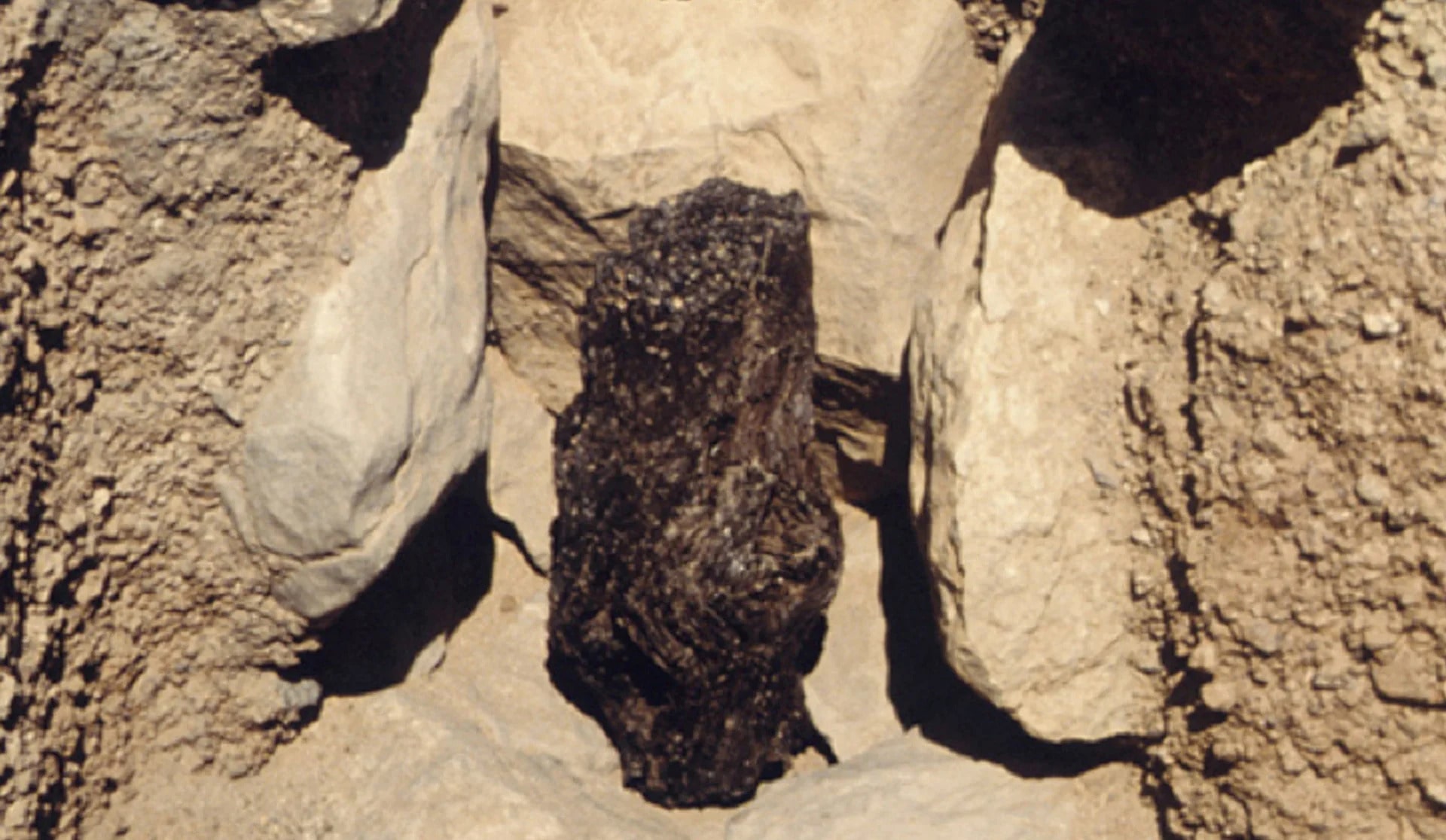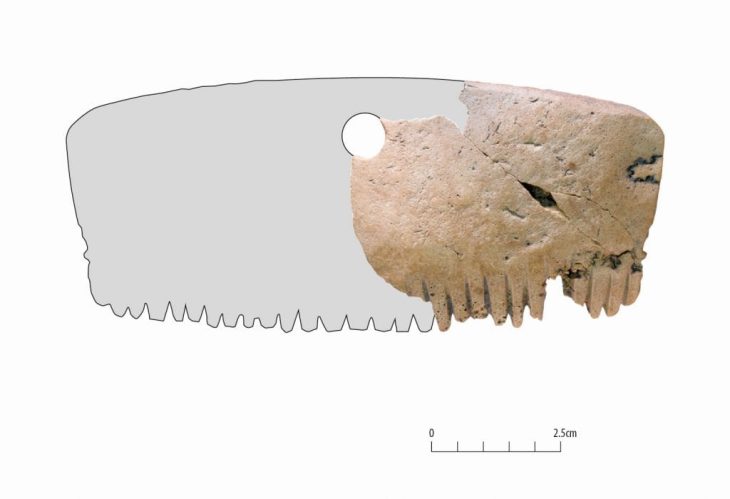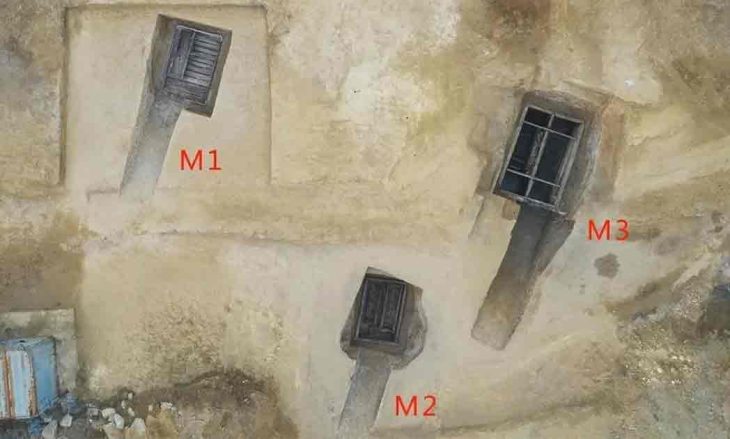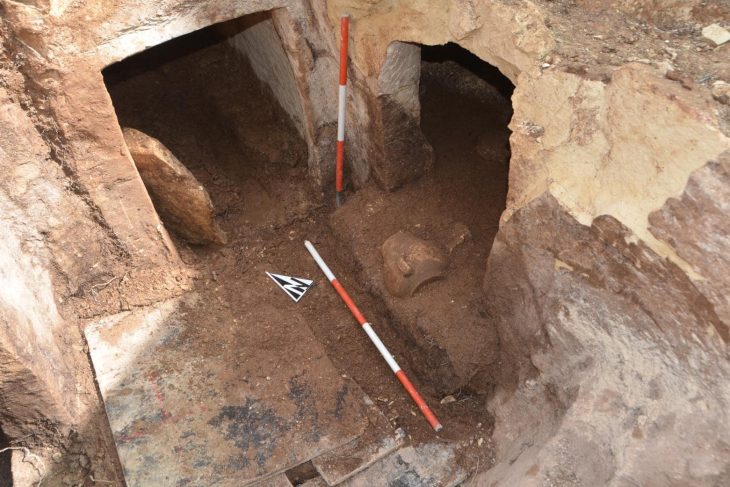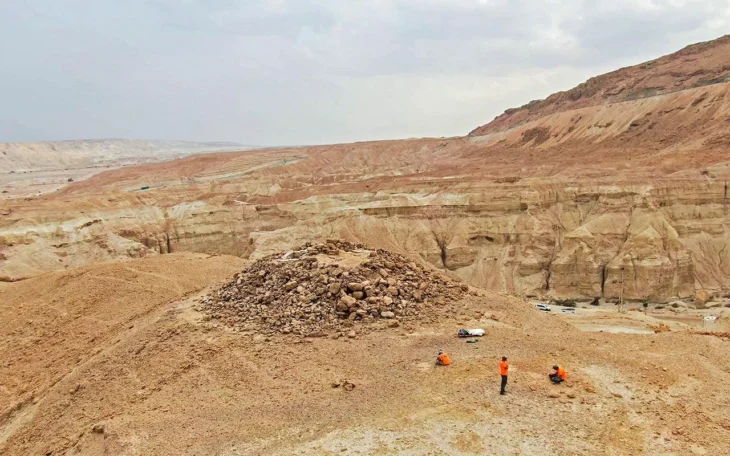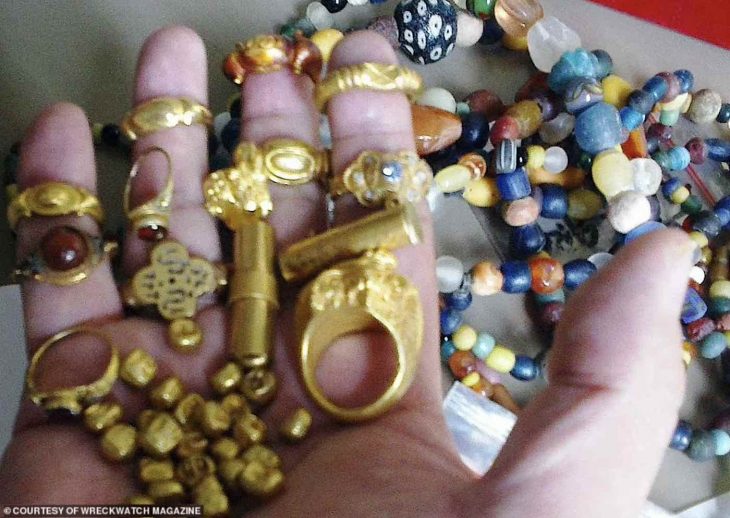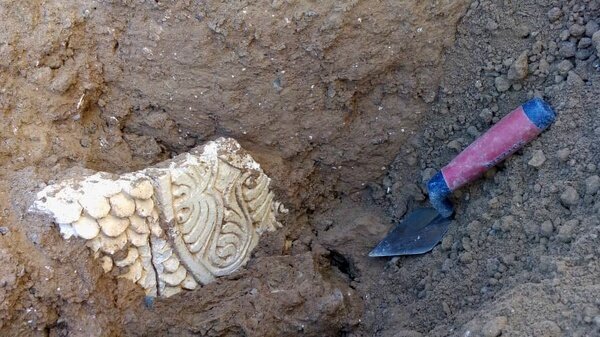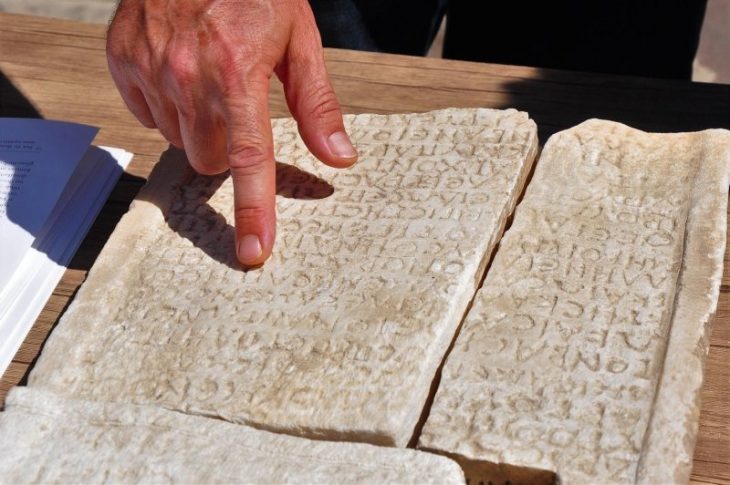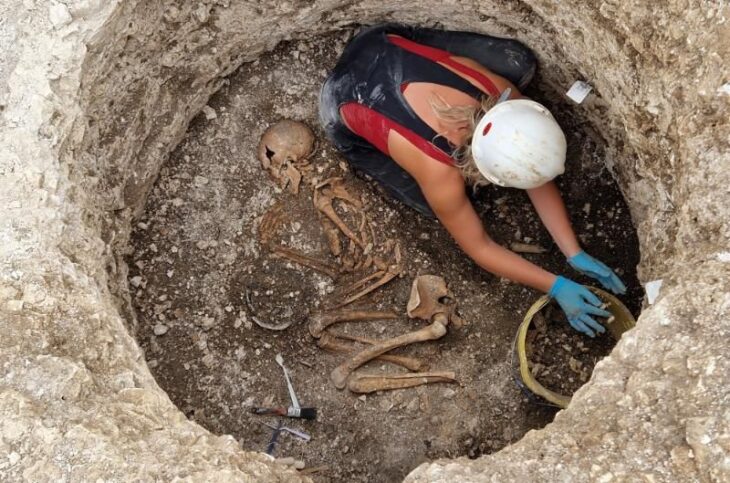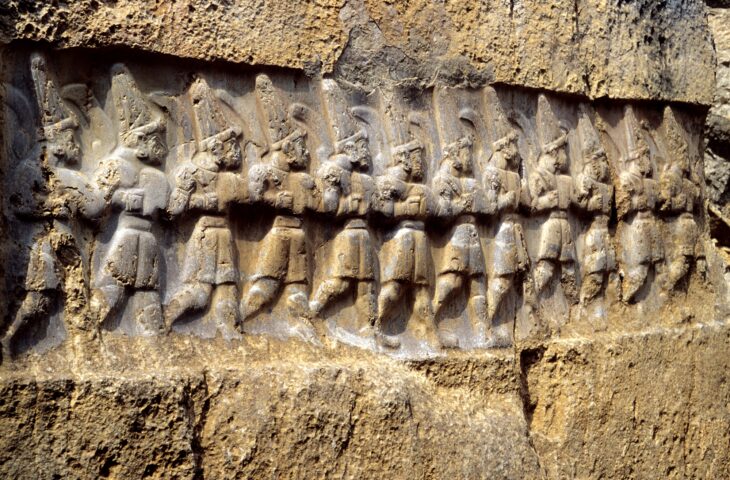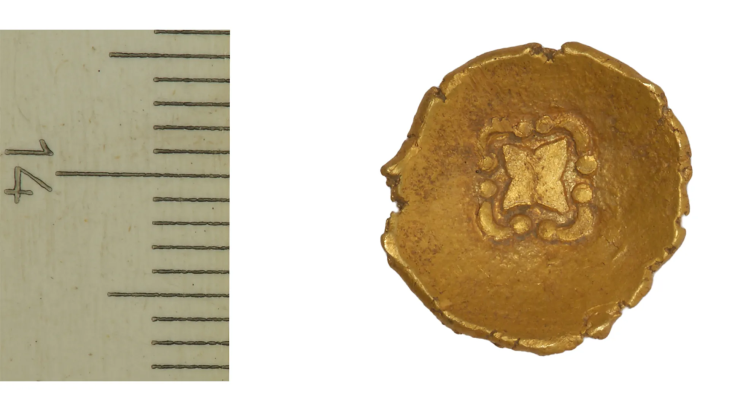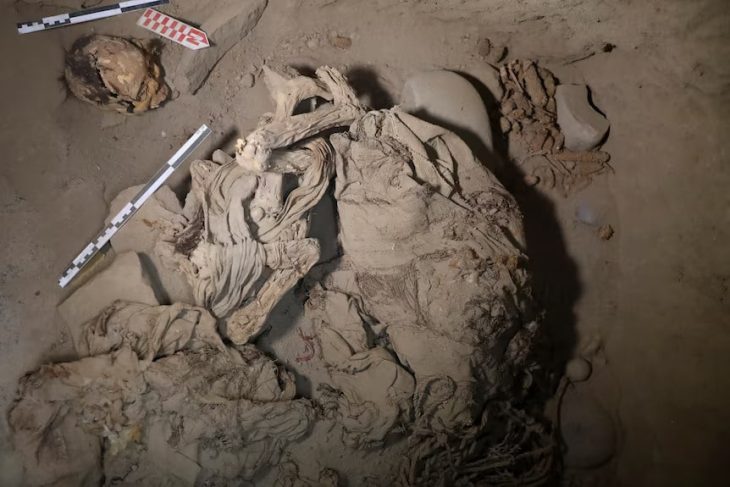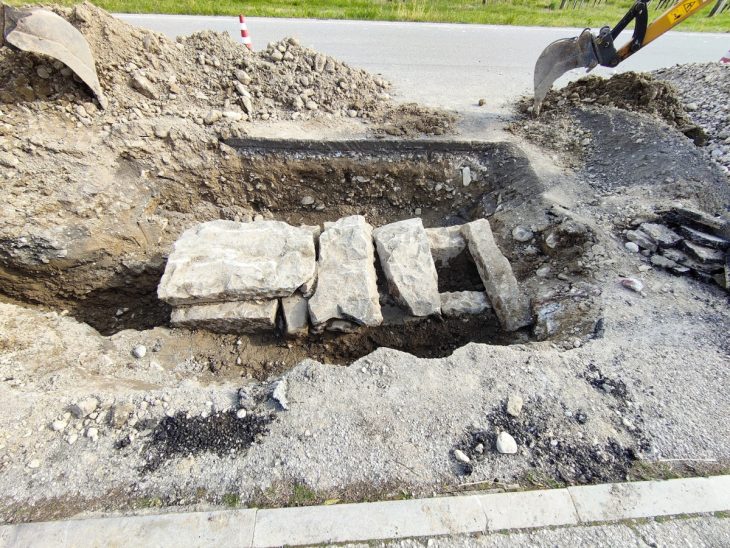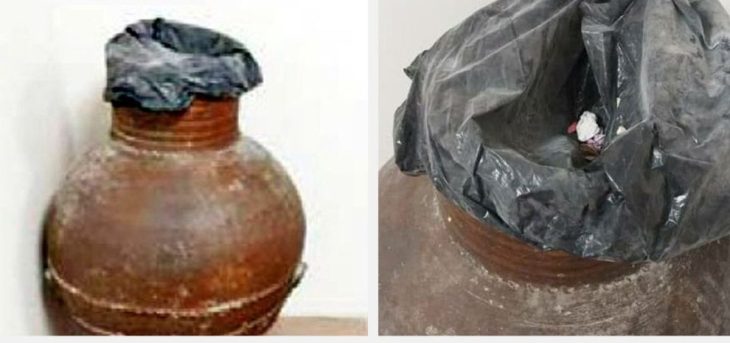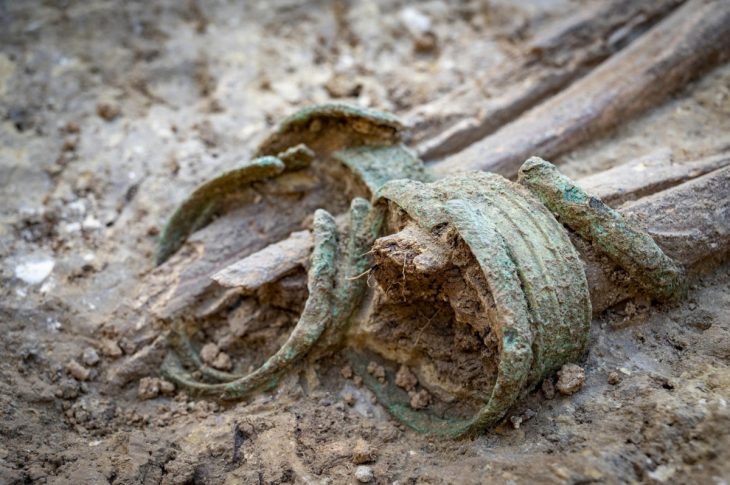Archaeologists excavating an ancient cemetery in Israel have discovered an idol they believe belongs to the goddess Ashera at a place of worship that is at least 7,500 years old.
Found during excavations on a mountainside near Eilat, Israel’s southernmost city at the northern tip of the Red Sea, the site was first discovered in 1978 and excavated as a salvage excavation before the city’s westward expansion in the late 1980s. But it took take three decades years to analyze the findings and publish the articles.
Archaeologists found here the remains of a cemetery that extends far back into antiquity. They also found other ruins and markers that show this location was an important place of worship long ago.
This particular site was constructed approximately 7,500 years old and was dedicated to the goddess Asherah, who in later times was worshipped as the wife of Israel’s creator god Yahweh.
The excavation was carried out by Israel Hershkovitz and Uzi Avner, who found 11 simple graves, 20 tumulus tombs, two areas identified as open-air sanctuaries, and a cultic installation.
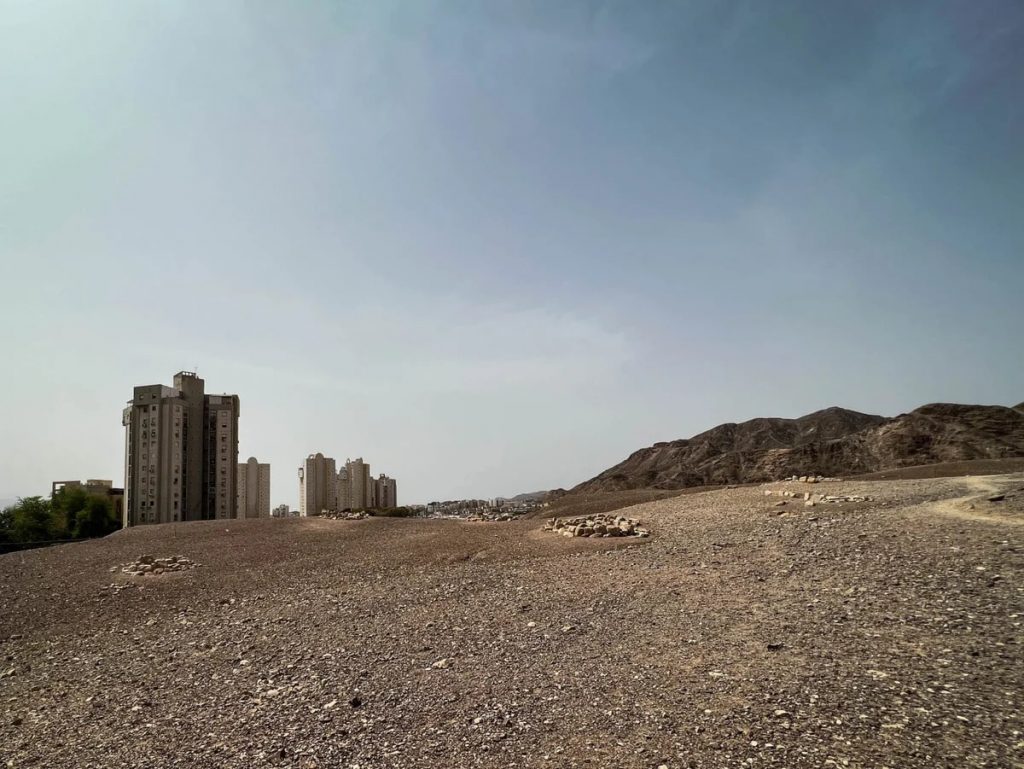
The Archaeologists also found beads from afar, made of exotic materials including the earliest-ever examples of faience and of steatite found in the Levant.
The cemetery overlooking the modern city had been in use for over a thousand years, in the sixth and the fifth millennia B.C.E. (c. 5450 – 4250 B.C.E.), according to finds and radiocarbon dating of charcoal found at the site.
The Remains of a Juniper Tree Trunk
Two installations were discovered by archaeologists east of two of the burials. One was 70 cm into the ground level and paved with little flagstones. The remnants of a juniper tree trunk were discovered on this pavement by archaeologists. The wooden relic is 11 inç (30 cm) tall and was found still standing upright. The trunk had probably been brought to the site from the Edomite mountains, in today’s Jordan.
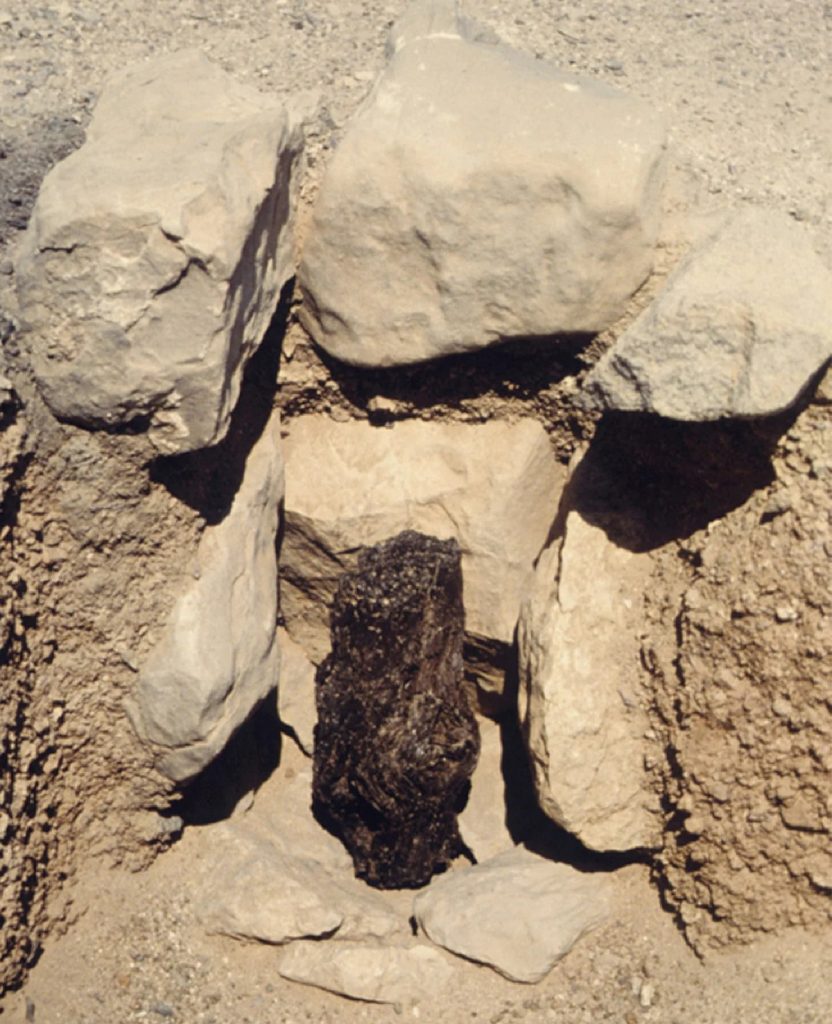
This type of sacred wooden relic has been recovered from other archaeological sites in the Levant region, and it is known to represent the fertility goddess in all of her By various names such as Asherah, Qudshu, Elath (she was referred to as Ashera in the Bible).
The presence of the juniper tree trunk makes it clear the site was reserved for goddess worship, and it is easily the oldest surviving Asherah idol found anywhere in the region (it was carbon dated to 4,540 BC).
Only three sacred trees potentially identified as Asheras were found in the Near East before the discovery of the juniper tree trunk in Eilat: in the early Bronze Age sanctuary in Beycesultan, Turkey; in the Bronze Age sanctuary in Qatna, Syria; and in the Iron Age sanctuary in Lachish.
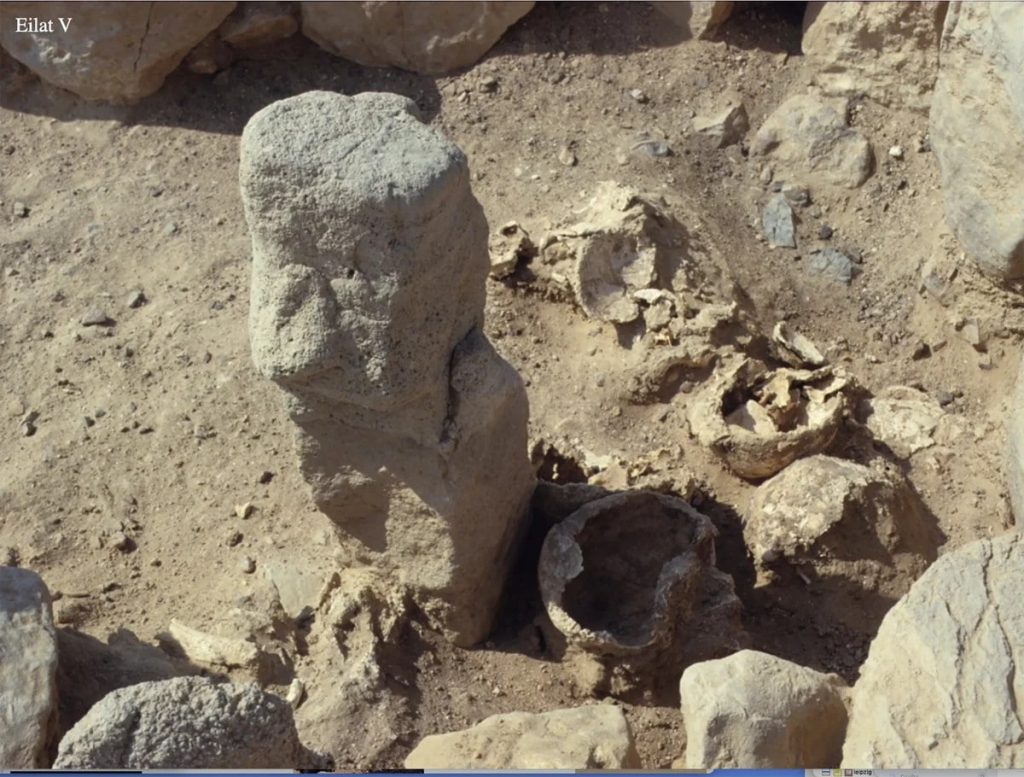
The researchers discovered other remnants that illustrate the actual character of the location, in addition to the hallowed Asherah tree. Hundreds of small and modest-sized sacred standing stones, known as masseboth in the Near East, were among them (or Masseba in the singular). This form of stone monument, which first appeared circa 1200 BC, was frequently erected at sacred places in the Near East and the Levant in pre-Biblical times.
Who is the Asherah?
Asherah, ancient West Semitic goddess, consort of the supreme god. According to texts from Ugarit (modern Ras Shamra, Syria), Asherah’s consort was El, and by him, she was the mother of 70 gods. As mother goddess she was widely worshiped throughout Syria and Palestine, although she was frequently paired with Baal, who often took the place of El; as Baal’s consort, Asherah was usually given the name Baalat.
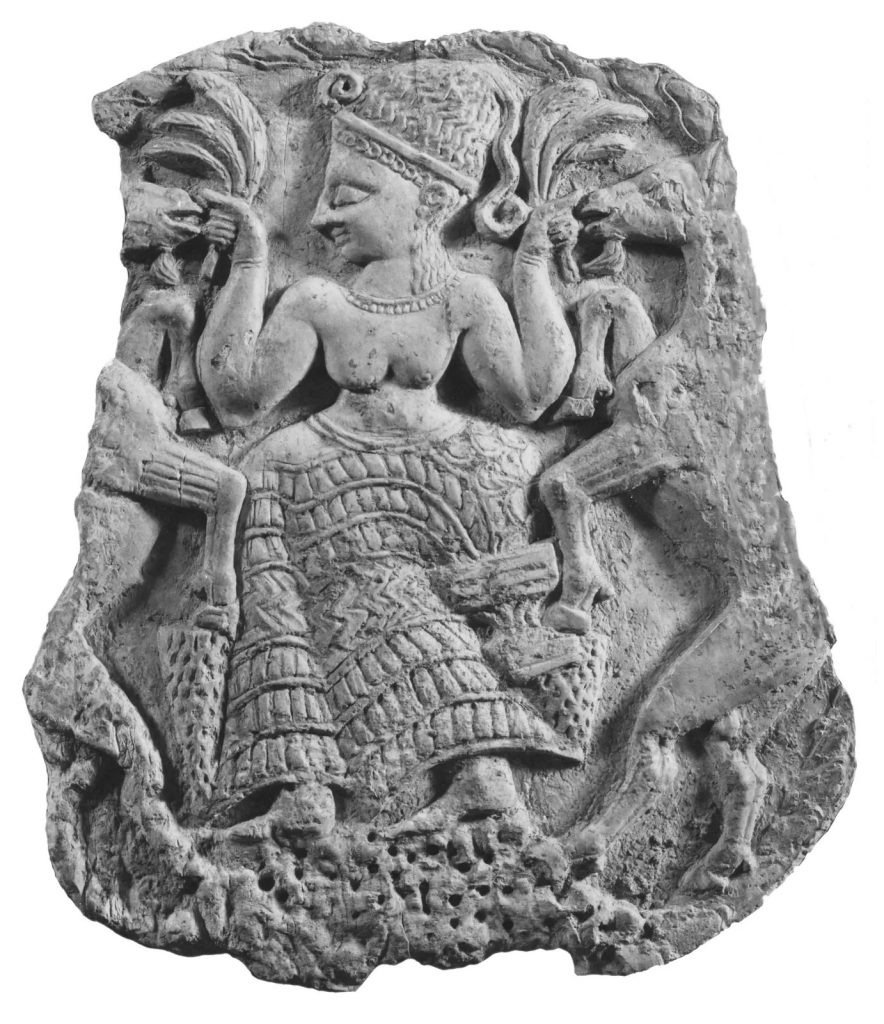
Inscriptions from two locations in southern Palestine seem to indicate that she was also worshiped as the consort of Yahweh.
The word Asherah in the Old Testament was used not only in reference to the goddess herself but also to a wooden cult object associated with her worship.
Cover Photo: Juniper tree trunk in a grave in Eilat: the earliest “Asherah” discovered so far in the Near East. Photo: Uzi Avner

